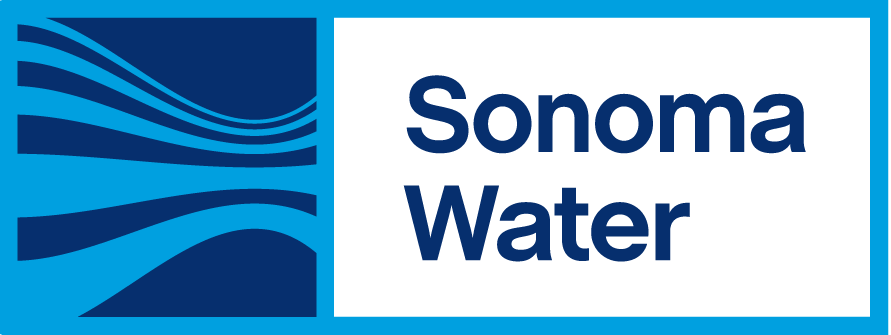The Budget Process
The fiscal year of the sanitation districts and zones starts on July 1st of each year and runs through June 30th of the following year. The budgets are prepared approximately six months in advance of the period they cover so that there is ample opportunity for public input and to allow the required review and approval process to take place.
Public input is a continuous process and can occur at any time during the year. Specific maintenance and construction projects and priorities are regularly reviewed and revised by staff. Many of these projects have their own environmental and construction approval process which includes public inputs.
A five year capital plan is prepared for the district or zone by the staff based on the need for replacement of aging collection systems and other assets necessary to process the waste water according to regulatory requirements.
Priorities for projects are assigned taking public inputs, maintenance data, and assessment of the current condition of the facilities into account. The funds available for capital improvements and replacement are then planned for in such a way as to level the expenditures from year to year and thus to reduce the impact that sharp increases in rates would have on the rate payers.
Budgets also take into account current maintenance and operations costs, any bond or loan repayments, and the need to maintain sufficient financial reserves to cover unexpected damage or system failures. Budgets are developed using estimates for both these items and for revenues. Because of the uneven timing of the revenues paid to the district and because actual costs rarely turn out exactly equal to our estimates, fund balances or retained earnings are kept at all times. These fund balances typically amount to three to six months of operating expenses.
Budget Approval
Once staff has developed the proposed budgets and rates, the budgets are sent to libraries around the county and are available for public review at those locations and at Sonoma Water's Administration office at 404 Aviation Blvd, Santa Rosa, CA. This typically happens at the end of February each year. Notices of the proposed rate are also sent to the owners of all the properties in the district at that time. The public can protest rate increases up to the date of the rate hearings, which are typically held in mid-April at the Board of Supervisors chambers.
Where the Money Comes From
The primary source of revenues are the fees charged to district rate payers and collected on the property tax bills sent out by the County Assessor. Other sources of revenue include interest on fund balances and fees charged for new connections. Proceeds from bonds and debt paid through property assessments may increase the funds available to spend on capital projects but are not counted as revenue to the district.
Where the Money Goes
The district spends money to operate the waste water collection and treatment facilities, to maintain and repair district facilities, and to repay bond, other debt and miscellaneous liabilities which may occur as a result of operation. The district also spends money to accomplish the capital projects needed in the district.
